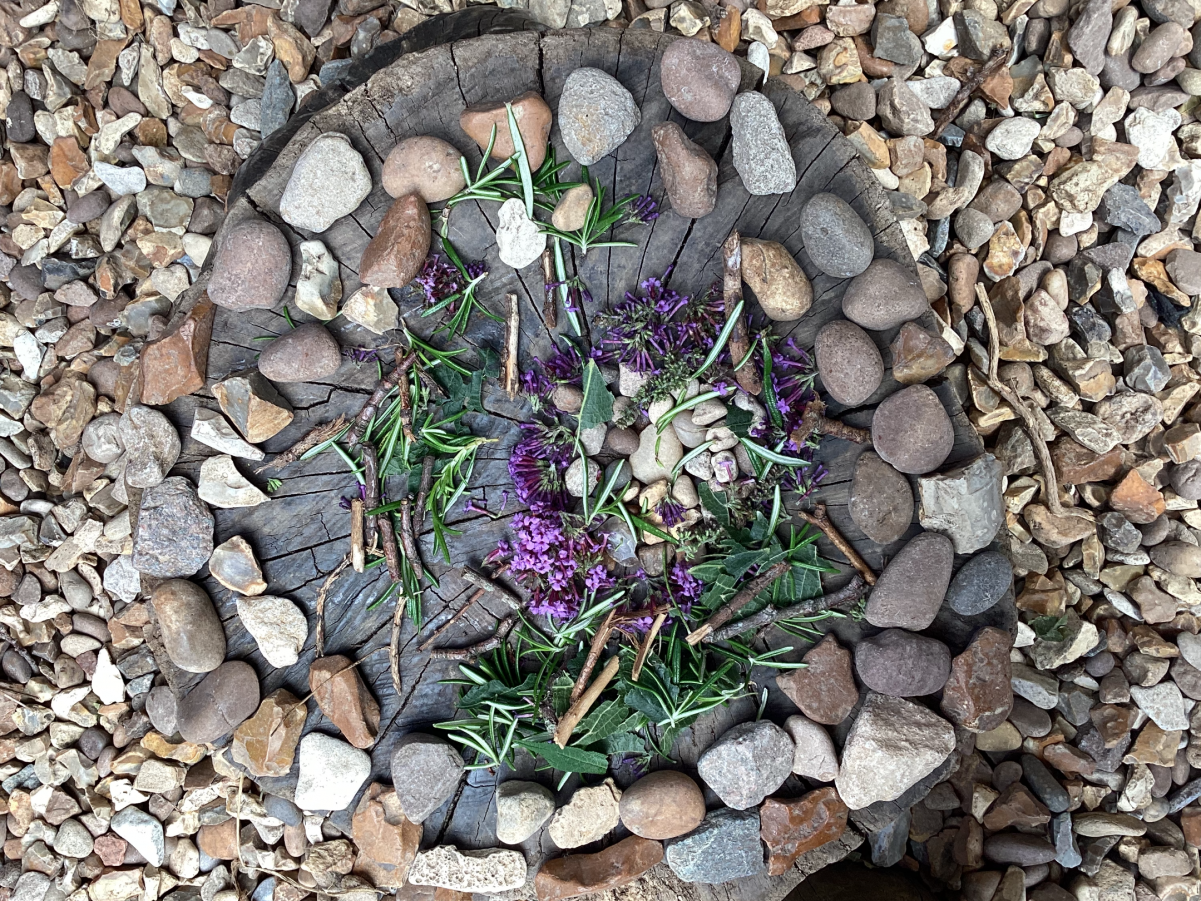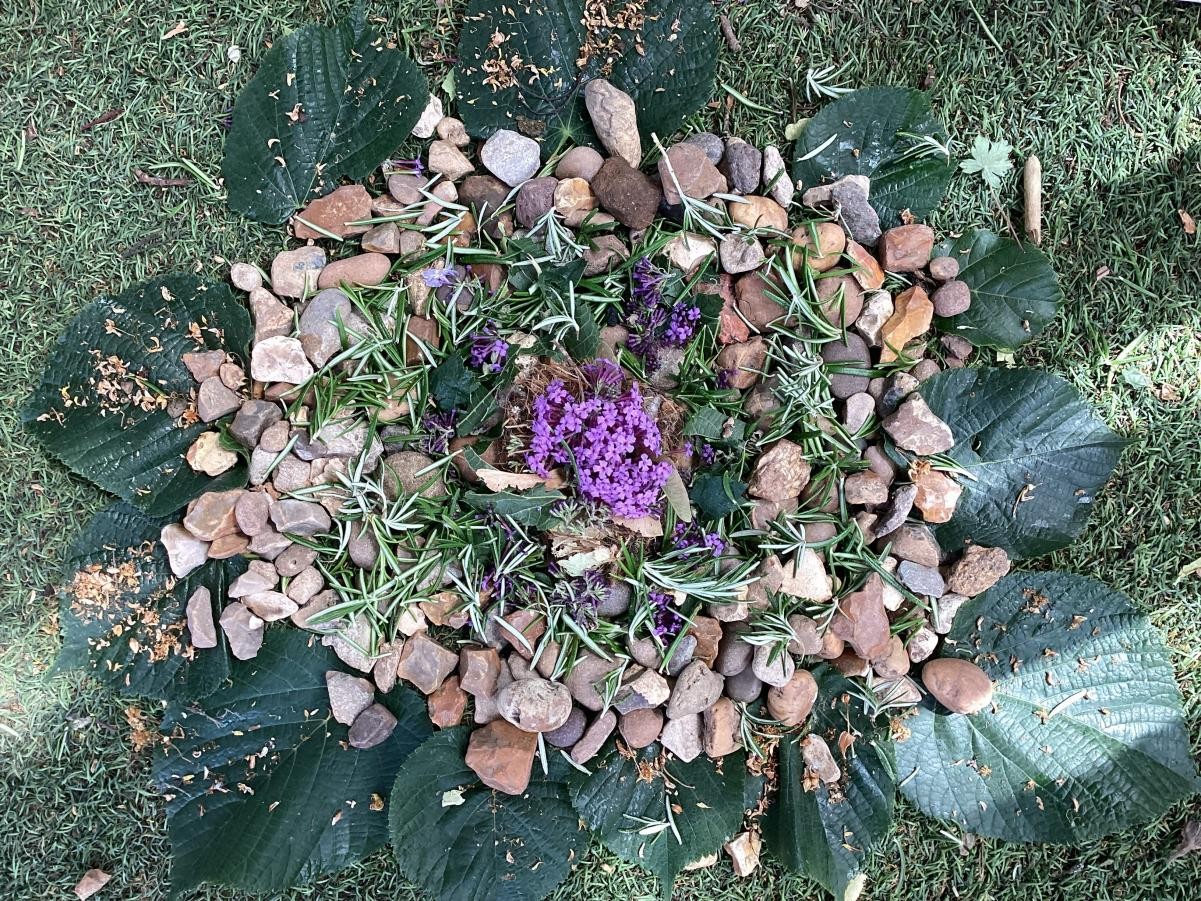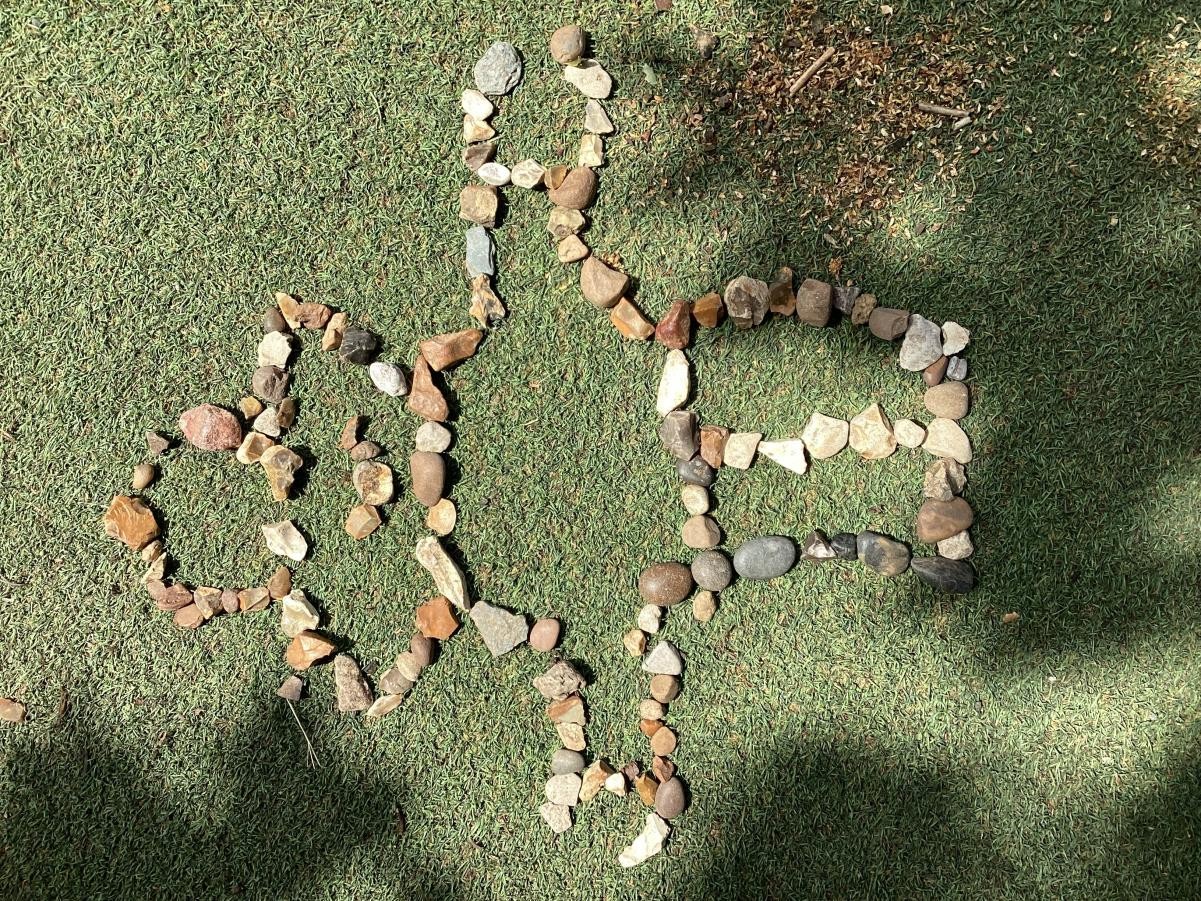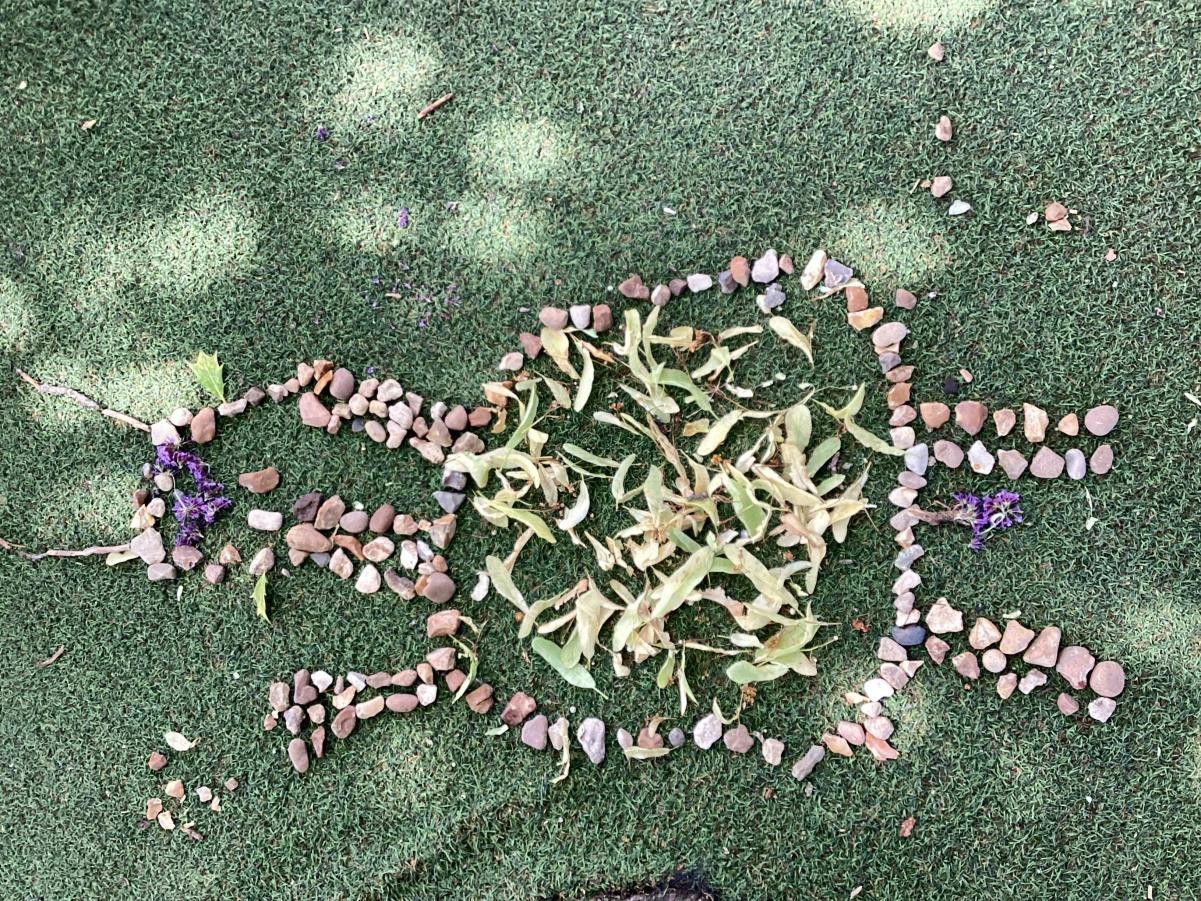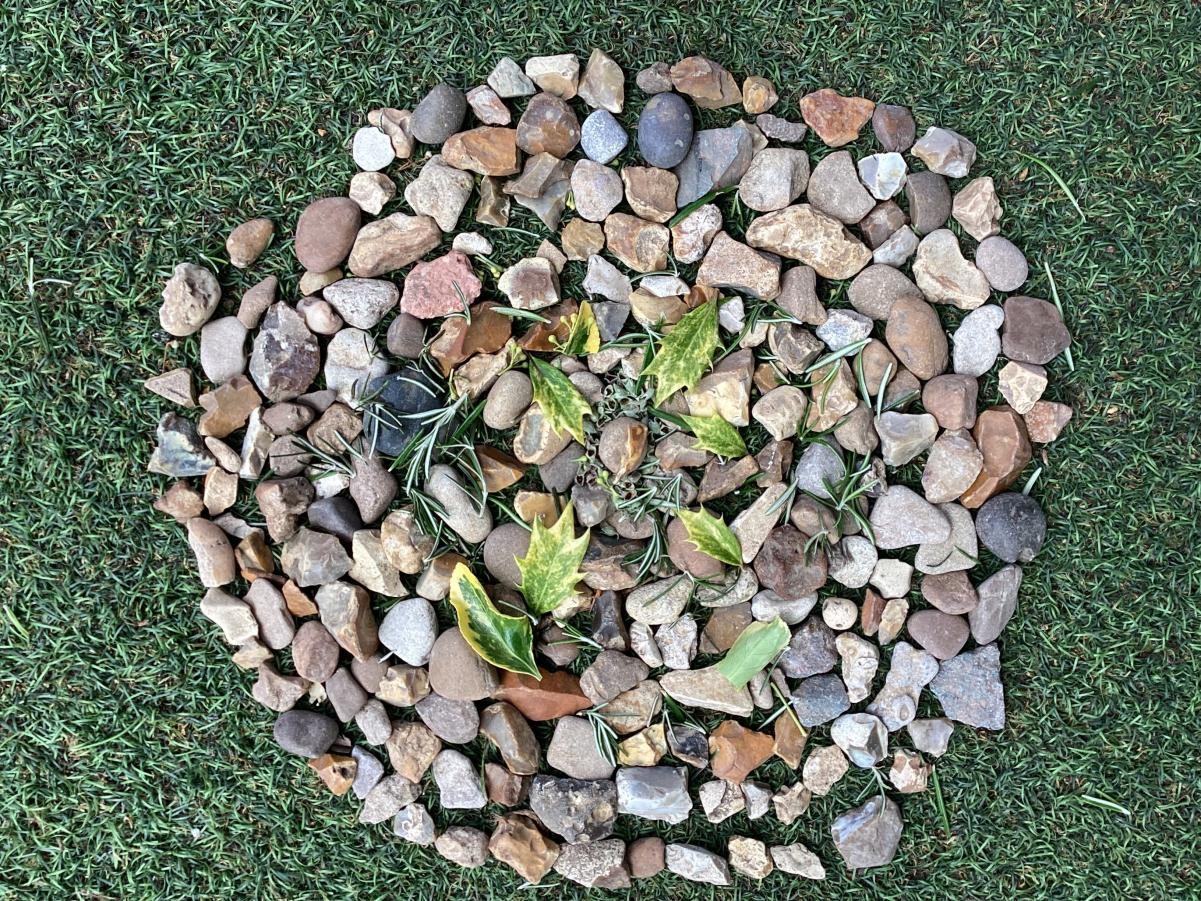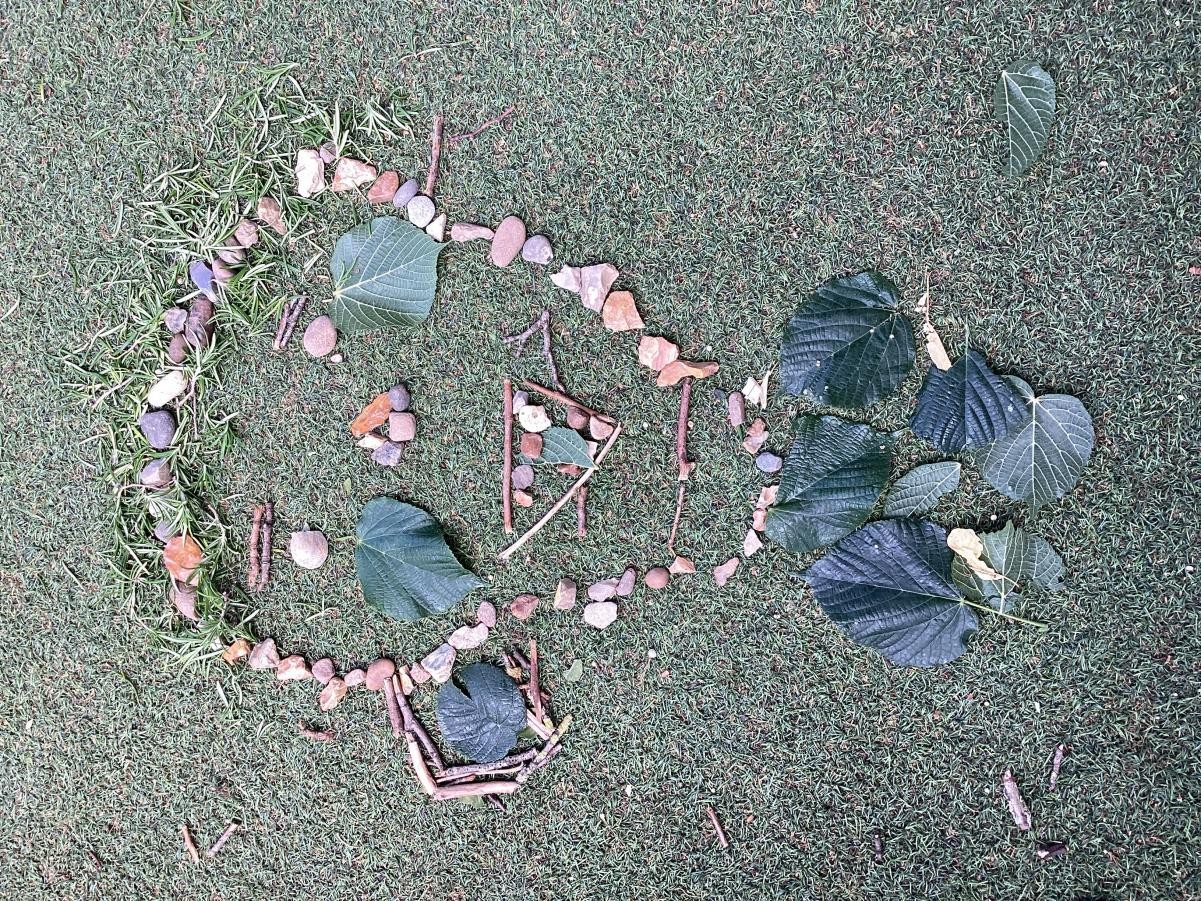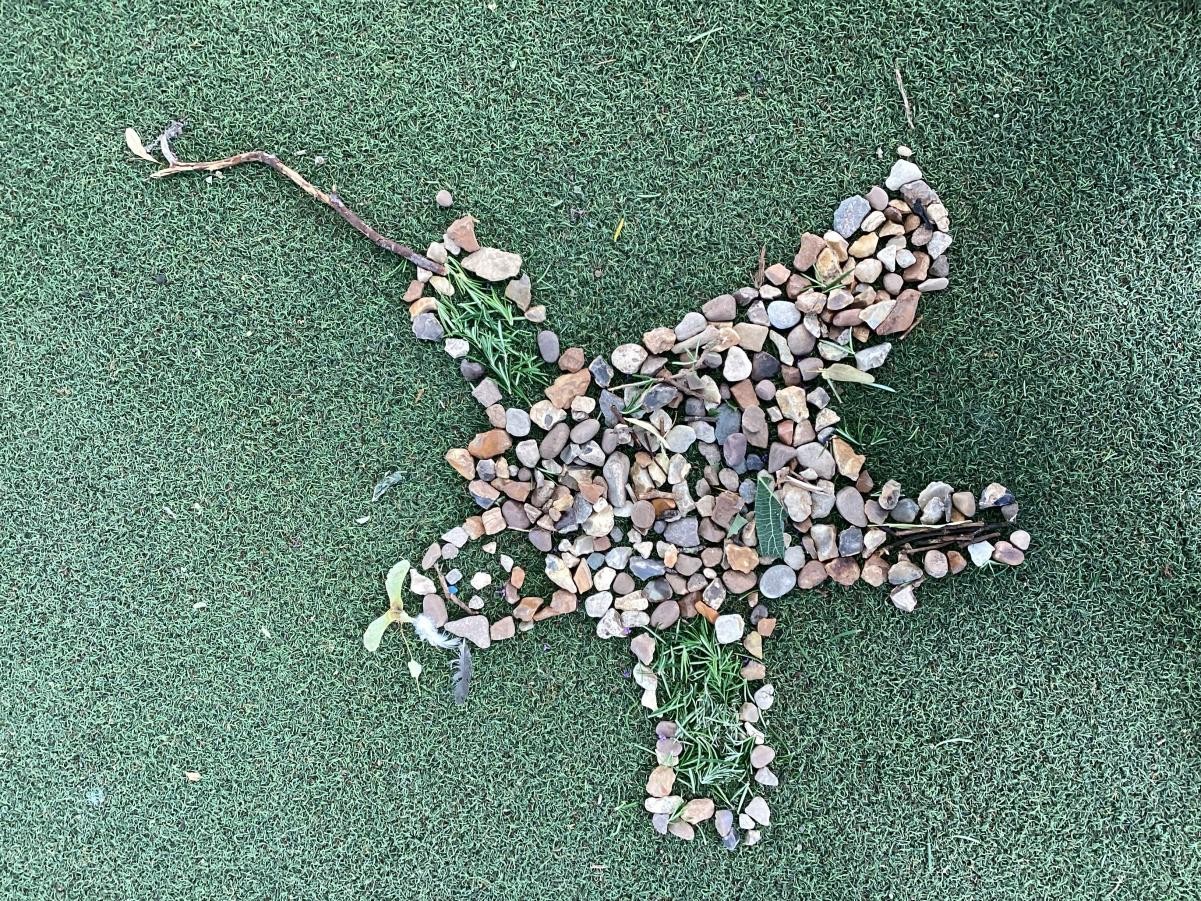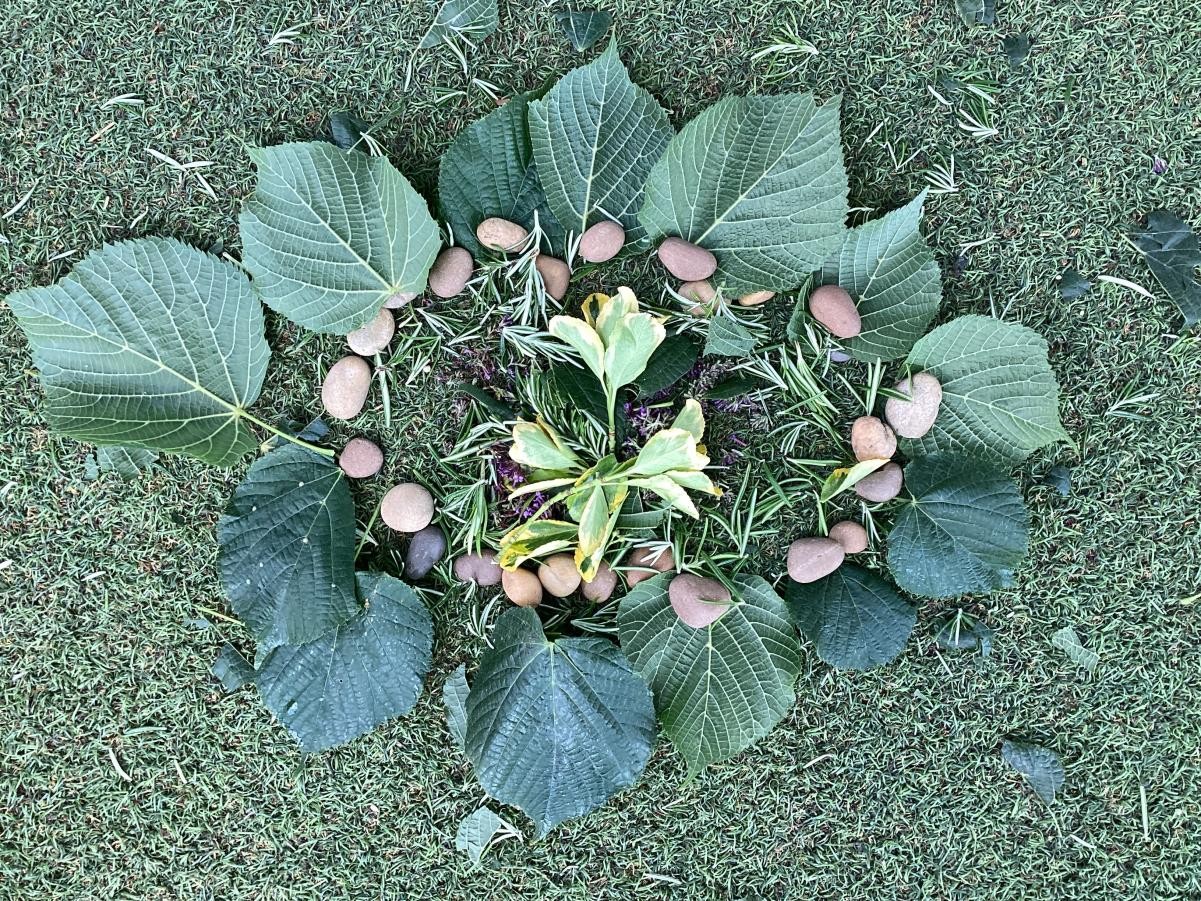Our art and design lead is Mrs Teresa Coles.
The aims Art and Design curriculum taken from the National Curriculum
The national curriculum for art and design aims to ensure that all pupils:
- produce creative work, exploring their ideas and recording their experiences
- become proficient in drawing, painting, sculpture and other art, craft and design techniques
- evaluate and analyse creative works using the language of art, craft and design
- know about great artists, craft makers and designers, and understand the historical and cultural development of their art forms.
Intent
At Russell Lower School we are artists! We want our children to love Art and Design and to have future ambitions to become illustrators, graphic designers, curators or printmakers. We value Art and Design as an important part of our children’s entitlement to a broad and balanced curriculum.
Our Art and Design curriculum at Russell Lower has been carefully crafted so our children develop their artistic capital. It provides our children with the opportunities to develop and extend skills and an opportunity to express their individual interests, thoughts and ideas. We provide our children with many opportunities to be creative and lead their own learning with no limits. Also, at Russell, we provide our children with opportunities to exhibit their art work within our school environment so the children know their efforts are truly valued. We also celebrate art and design out of school through involvement in community events such as the Christmas Tree Festival and the Eco-Sculpture Competition.
We enrich their time in our school with memorable, unforgettable experiences and provide opportunities which are normally out of reach – this piques their interests and passions. For example, we are fortunate to have a weekly Art Club hosted by Art Adventurers which provides children with opportunities to lead their own learning and explore their creativity.
We want our Art and Design curriculum to spark a curiosity in our children to drive their creativity and an urge to learn from other cultures and times, respect diversity, co-operate with one another and appreciate what they have. For example, in year 1 our children take inspiration from 1950's Pop Art, year 3 travel back to the Stone Age and Foundation Stage discover which are hot and cold colours as they experience Chinese New Year. In Year 4, our children learn from the dark, scratchy drawings by Henry Moore which powerfully capture the feelings of anxiety that people must have felt in World War 2.
We have carefully chosen the artists we teach our children about at Russell. Our children learn about artists who are: skilled in different forms of art, from different cultures and from different periods of time. These artists include: Andy Goldsworthy, Andy Warhol, Henri Rousseau, Giuseppe Arcimboldo, Carl Warner, Claude Monet, David Hockney, Henry Moore, William Morris, Paul Nash, Henri Matisse and Eric Carle. In Years 3 and 4 our children also learn about prehistoric art and Egyptian art. We are intending to further develop multicultural links in the classroom over the next couple of years.
We firmly believe that it is not just about what happens in the classroom, it is about the added value we offer to really inspire our children which goes beyond the Art and Design objectives set in the National Curriculum. We want our children to remember their art and design lessons in our school, to cherish these memories and embrace the opportunities they are presented with.
Implementation
Our Art and Design curriculum has been carefully redesigned focussing on curriculum sequencing to ensure skill progression from lesson to lesson and year to year with a focus on deepening and embedding key learning, knowledge and skills. Year group milestone documents have been created in order to support the above and assessment within the subject.
We have developed year group and subject specific curriculum plans which identify when the different subjects and topics will be taught across the academic year. The vast majority of subjects are taught discretely however staff make meaningful links across subjects through themes. For example, in Year 4 where their World War 2 theme is used as a means of exploring Art in different periods of history to express the sombre mood of the time. In Year 1, the theme of 'oh I do like to be beside the seaside' is used to inspire healthy picnic snacks in Design and Technology and the fruits and vegetables are also used creatively for sculpture following Giuseppe Arcimboldo's style.
Within Art and Design we focus our teaching on the subject content outlined within the National Curriculum; drawing, painting, sculpture, form, print, digital media, collage and textiles.
These areas of learning are revisited throughout the children’s time in Primary education where pupils progressively build their skills and knowledge and can link prior skills and knowledge to new learning to deepen their understanding. For example:
Early Years - children explore expressing themselves through Art and Design and learn the fundamentals of each area such as how to hold a paintbrush and get enough paint on the page or how to use a model as a reference.
Key Stage 1 - children work on skill competence such as the mixing of colours or shading. This is then developed into a supported final piece (supported by adults or outlines given such as in the Year 1 tints and shades lesson).
Key Stage 2 – children build on the skills they have previously learnt and deepen their understanding. For example using their knowledge of colour to decide on contrasting and complimentary colours. Children are also given freedom in their choice of Art, often given a brief rather than a piece of Art to imitate. For example, in Year 4 when creating World War One propaganda posters.
Within all lessons we are working towards Rosenshine’s 17 Principles of Effective Instruction and use of the Great Teaching Toolkit. Short-term plans set out the learning objectives and success criteria for each lesson, identifying engaging activities and resources, which will be used to achieve them. Within Art and Design lessons, there is a focus on providing a high-level of active practice and children are encouraged to express themselves. Self-belief is also encouraged and negative statements like ‘I’m not very good at Art’ are challenged.
Children are taught a very clear and concise skill such as ‘To mix different thicknesses of paint for different purposes.’ along with knowledge and understanding for example the suitability of paint different thicknesses of paint for different purposes.
Within the lessons prior learning from the unit and previous units is consolidated through re-cap and reinforcement to ensure children can make links between skills/knowledge and previously learnt skills/knowledge such as the mixing of primary colours to make secondary colours and the mixing of secondary and primary colours to make tertiary colours.
Questioning, modelling and feedback are used to support the teaching and learning process, ensure progression within every lesson and aid assessment.
Pupils participate in a set of Art and Design lessons each term. This might be a half term block of Art and Design or an Art and Design lesson fortnightly (interchanged with another subject like Design and Technology where some of the same skills can be applied). In each Key Stage the core areas for Art and Design are explored and a piece of work is produced. Art and Design lessons across the school often follow the same structure/sequence:
- Explore a famous artist/designer/architect and evaluate/analyse their work/style/techniques/elements/materials and media used. Look at similarities and difference between different artists and styles/techniques
- Locate this artist and/or their work in a historical context
- Practice and refine (progress and development) techniques and skills such as drawing, painting, sculpture, collage, printing
- Experiment with a range of elements – colour, pattern, texture, line, shape, form and space
- Make links to their own work and that of artists and styles
Art and Design skills also appear in other subjects and the subject knowledge is transferred across using the same vocabulary. For example, the closely linked skills of drawing and making in Design and Technology.
Art and Design provides the children with the opportunity to express themselves through a variety of media. Clear progression can be seen across the lessons with a final piece being produced at the end of each unit for example the river bank collage lessons in Year 2.
Each term a famous artist is studied and children get to analyse the thoughts and emotions of others. As children move through the school there is a growing independence in the production of work and the ownership of their space. Children are encouraged to clear up after themselves and decide what resources they will need.
As we move forward with our Art and Design curriculum we will continue to identify gaps in learning and address these through changes to planning and unit sequencing to ensure the best possible progress is made.
Long and medium term plans
Milestone example
Further milestone documents for all year groups are available, on request, to demonstrate our skill progression.
Impact
In order to measure the impact of our Art and Design curriculum we use a range of formative and summative assessment in all lessons such as:
- Questioning
- Pupil, parent, staff voice/questionnaires
- Observations/learning walks/drop ins
- Analysis of our assessment tool linked to milestone documents/National Curriculum for each year
Assessment information is collected frequently and analysed as part of our monitoring of teaching and learning cycle. This process provides an accurate and comprehensive understanding of the quality of education in PE as well as indicating areas for development.
Academic outcomes and impact:
For 2024/25 year we are aware of the following % outcomes for Art and Design:
|
|
All |
Boys |
Girls |
PP |
Non-PP |
SEN |
||||||
|
|
ARE+ |
GD |
ARE+ |
GD |
ARE+ |
GD |
ARE+ |
GD |
ARE+ |
GD |
ARE+ |
GD |
|
FS Cretaing with materials |
92 |
na |
83 |
na |
100 |
na |
67 |
na |
93 |
na |
99 |
na |
|
FS Being imaginative and expressive |
94 |
na |
88 |
na |
100 |
na |
67 |
na |
96 |
na |
71 |
na |
|
Y1 |
92 |
22 |
88 |
10 |
97 |
36 |
75 |
25 |
70 |
22 |
36 |
9 |
|
Y2 |
94 |
13 |
94 |
5 |
94 |
19 |
60 |
20 |
96 |
13 |
67 |
0 |
|
Y3 |
83 |
10 |
73 |
0 |
91 |
17 |
60 |
20 |
84 |
10 |
60 |
7 |
|
Y4 |
97 |
16 |
98 |
14 |
98 |
20 |
100 |
0 |
98 |
18 |
82 |
0 |
Key findings:
- No boys in year three achieved GD at all.
- Year 4 has the highest overall attainment.
- Year 3 has the lowest overall attainment.
- Generally PP children are performing below their non PP peers at ARE+ although there is a higher percentage working at GD in years 1-3. There are no GD children in year 2 SEND, year 3 boys, year 4 PP and year 4 SEND.
- Boys and girls are performing equally (ARE+) in years 2 and 4 however girls are achieving more highly in years 2 and 4.
Key actions:
- We will examine the change in assessment data from year 3 to year 4. Could the difference be linked to teacher knowledge / confidence or to staff movement? Are the topics less motivational in some year groups? Are the children less motivated for some reason?
- We will examine the choices of artists that are studied throughout the school. Can we ensure a better balance of female and non-European artists?
- We’ll also be looking to build on the highly successful Eco-Sculpture competition and hold a follow up event which encourages the whole school to participate.
Other outcomes and impact:
Art and Design is not only taught as an individual subject but is also used as a gateway to other subjects. For example, in Year 3 Art was used as a WOW lesson at the start of a new History topic to engage the children and get them instantly interested in the Stone Age. Art and Design has also been used across the school as a mindfulness task, reward time and as a tool to get children to share their emotions. These activities all help to develop children’s love and enthusiasm for Art.

